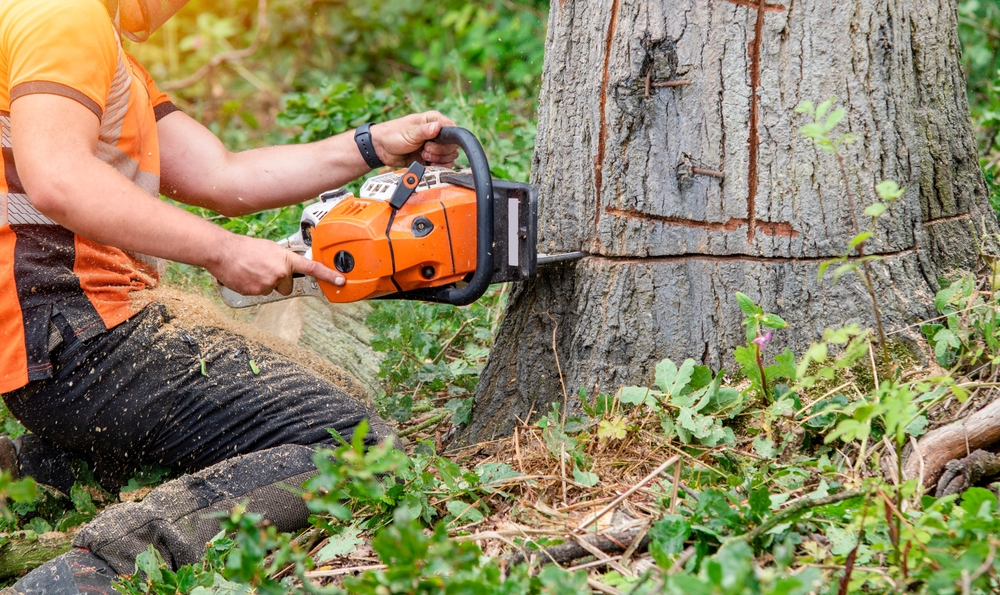How much does it cost to remove a tree? [2025]
$150 to $500
These prices are based on national averages
These prices are based on national averages

The cost of removing a tree can vary significantly based on several factors. Here’s a detailed breakdown to help you estimate the expenses involved:
Understanding the factors affecting tree removal costs—such as tree size, condition, location, and accessibility—can help you budget effectively. By obtaining detailed quotes and choosing a reputable service provider, you can ensure a safe and cost-effective removal process.
Get answers here
The cost of removing a tree can be influenced by several factors: Tree Size: Larger trees, including their height and diameter, are more costly to remove due to the increased complexity and equipment needed. Tree Type: Different species of trees may require different techniques or equipment for removal, which can affect the cost. Location and Accessibility: Trees that are difficult to access or located near buildings, power lines, or other obstacles may require special equipment or additional safety measures, increasing the cost. Condition of the Tree: The health and condition of the tree can impact the cost. Dead or diseased trees may be more challenging to remove and may cost more. Disposal and Clean-Up: The cost may include the removal of the tree debris, stump grinding, and clean-up. Additional charges may apply for hauling away the wood or other debris.
The time required to remove a tree depends on several factors: Tree Size: Smaller trees can typically be removed in a few hours, while larger trees may take a full day or more. Complexity of Removal: Trees in challenging locations or with complex removal requirements may take additional time. Accessibility: Difficult access or conditions may prolong the removal process. On average, removing a tree can take between 2 to 8 hours. Larger or more complex jobs may take longer.
While removing a small tree or shrub might be a feasible DIY project, there are benefits to hiring a professional: Expertise: Professionals have the skills and experience to safely and efficiently remove trees, especially large or complex ones. Safety: Tree removal can be dangerous, particularly for large trees. Professionals have the necessary safety equipment and procedures to handle the job safely. Equipment: Professionals have access to specialized equipment that may be required for safe and efficient tree removal. If you have the necessary skills, tools, and safety measures, you may choose to remove a small tree yourself. For larger or more hazardous trees, hiring a professional is highly recommended.
When hiring a tree removal service, consider the following: Experience: Choose a company with experience in removing trees of similar size and type to ensure quality and safety. Insurance: Verify that the company has appropriate insurance coverage for potential damage or accidents during the removal process. Cost Estimates: Obtain multiple quotes to compare costs and services. Be cautious of unusually low or high estimates. References and Reviews: Check references and read customer reviews to assess the company’s reliability and reputation.
After a tree is removed, several options are available for dealing with the remains: Stump Grinding: The stump can be ground down to below ground level to avoid tripping hazards and allow for replanting or landscaping. Wood Disposal: The wood can be chipped into mulch, split into firewood, or hauled away, depending on your preference and the service provided. Recycling: Some services offer recycling options for tree debris, converting it into mulch or other useful products. Discuss these options with your tree removal service to determine the best solution for your needs.
Today is the day to build the home of your dreams or get that repair fixed. Share your project with local vetted tradespeople and begin the journey.

Our tradespeople offer guarantees ranging from 1 to 12 months
We show your job to relevant tradespeople near you
Our feedback system ensures that tradespeople are rewarded.